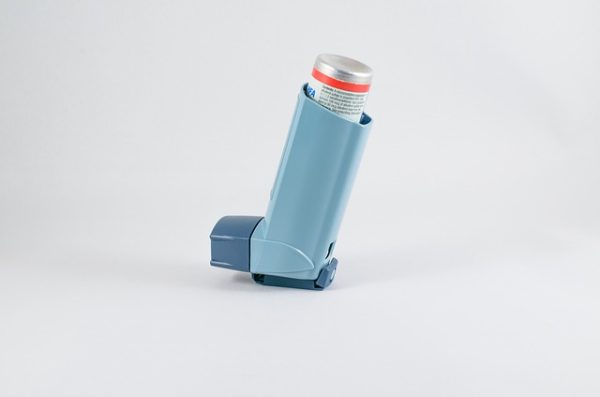
Simple Inhaler tips to help you ease Asthma
With Asthma or COPD, there are numerous methods to make breathing easier, and one of the most effective methods is to use your inhaler properly. These pointers will assist you in perfecting your breathing technique. So here are the inhaler tips for you.
Assist With Breathing Problems: Don’t Forget To Take Your Medicine.
If you’ve just been diagnosed with asthma or COPD, you’re undoubtedly altering your lifestyle. The greatest thing you can do to breathe better and live completely is to take your medication on time regularly as prescribed by your doctor. It will only take a few minutes of your time, but it will have a significant impact on your quality of life.
Keep it up; you’re off to a great start!
Exhale and Ready to Breathe More Easily If You Have Asthma or COPD
It is necessary for your medication to reach the lungs in order for it to function. It makes all the difference how you breathe before, during, and after using the Inhaler. You should clear your lungs just before breathing. As a result, they’ll have more room for a nice deep inhale carrying your medication. Exhale gently and deeply away from your inhaler, and then ready to inhale deeply.
With Various Kinds Of Inhalers, You Must Perfect Your Inhaling Technique.
The kind of Inhaler you use determines how you inhale your medication. The dry powder inhaler (DPI), metered dose inhaler (pMDI), and small volume nebulizer are the three major kinds of inhalers that may be used to administer asthma or COPD medicine at home. See the booklet that comes with your inhaler for additional information.
Use A Nebulizer With A Little Volume
The tiny volume nebulizer functions similarly to a pMDI in that it releases the medication when activated. If you’re using a small-volume nebulizer, take a few calm, deep breaths before pressing the dosage release button.
Hold Your Breath To Help Asthma Or COPD Medicines Work Better.
This improves the efficiency of the taking. The explanation for this is simple: while the lungs are empty, the medication has more time to settle and be absorbed. If you’re told to hold your breath, follow through. Holding your breath for 5 to 10 seconds is generally sufficient, but read the booklet that comes with your inhaler for more detailed instructions.
After Inhaling, Rinse Your Mouth
Most inhaled medicines require good oral hygiene. After inhaling, it’s a good idea to rinse your mouth with cold water, spit it out, and brush your teeth. This is to prevent potential oral adverse effects, particularly if you are taking a high dosage of the medication for an extended period of time.
Cleaning your inhaler
Last but not the least, keeping your inhaler washed and clean will help it work at its best. It will also help you avoid issues like accidentally inhaling in small pieces of fluff from the inhaler’s mouthpiece. The package insert of your inhaler would describe how and when to clean your inhaler.
References:
https://www.breathefree.com/inhalers-a-z/all-about-inhalers
https://www.webmd.com/asthma/guide/when-to-use-inhaler
Image Reference:- https://pixabay.com/it/photos/inalatore-respiro-asma-respirazione-2520471/
Image Credit:- Foto di Bob Williams da Pixabay
Author: HealthyLife | Posted on: October 14, 2021
« Unblock TikTok & Protect Your Privacy via iTop VPN 6 Reasons You Should See a Neurosurgeon »






















Write a comment